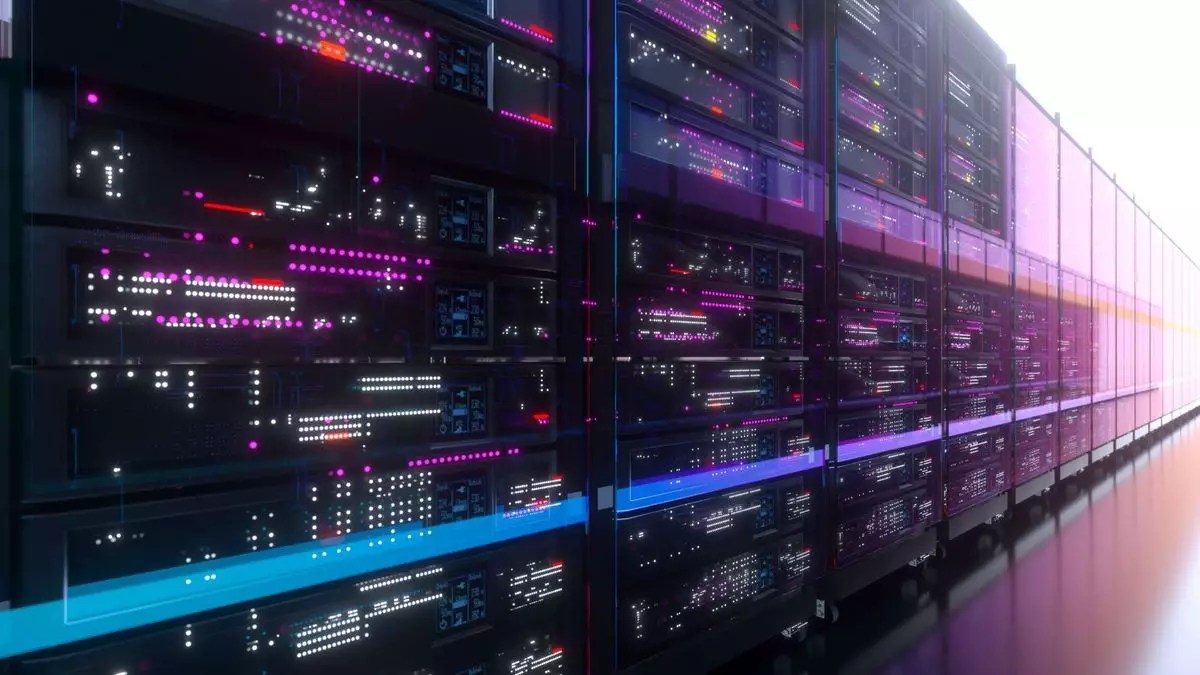In recent years, the trend in flagship graphics cards has shown a significant increase in maximum power consumption. The RTX 4090, RTX 3090 Ti, and AMD’s RX 7900 XTX all boast power consumption ratings that are higher than previous generations. The RTX 4090, for example, can pull more than 450W, while the RTX 3090 Ti and AMD’s RX 7900 XTX are not far behind. This increase in power consumption is even more pronounced in factory overclocked models, which tend to push the limits even further.
The most shocking revelation comes from reports about Nvidia’s next generation GB200 AI accelerator, which has the potential to pull up to a whopping 1,000W of power. This claim was made by Dell COO Jeffrey Clarke during Dell’s Q4 2024 earnings call. While Clarke’s statement lends credibility to the 1,000W claim, it is important to note that there is no direct confirmation of a B200 GPU in Nvidia’s roadmap. Instead, the next generation flagship enterprise GPU is referred to as the B100, based on the Blackwell architecture. The GB200, on the other hand, combines the B100 GPU with the Grace CPU for enhanced performance.
As the demand for high performance AI accelerators continues to rise, Nvidia has solidified its position as the world’s third largest company by market cap. The success of Nvidia in the market is indicative of the growing importance of AI technology in various industries. This trend is likely to continue as cloud AI systems evolve, with Blackwell based accelerators playing a key role in shaping the future of AI technology beyond 2025.
While datacenter GPUs are designed primarily for performance, consumer gaming GPUs face different considerations, such as power consumption, fan speeds, and physical size. The prospect of a 1,000W desktop graphics card seems unrealistic for a typical ATX PC setup. However, with 450W already becoming the new baseline for high-end gaming GPUs, it is conceivable that power consumption levels will continue to rise in the future. The leaked images of a quad slot Founders Edition cooler hint at the possibility of 600W or higher power consumption for future flagship graphics cards.
As a consumer who regularly uses a 450W RTX 4090, the idea of a 600W+ graphics card is unsettling. The increased heat output and power consumption of such cards could pose challenges, especially during warmer months. If high-end Blackwell based GPUs have TDPs exceeding 500W, users may have to opt for quad-slot or AIO cooled cards to manage the heat and power requirements, particularly in the case of overclocked models.
The trajectory of increasing power consumption in flagship graphics cards poses both challenges and opportunities for the industry. While advancements in performance and AI technology are driving this trend, users must also consider the implications of higher power consumption on system stability and efficiency. As the technology continues to evolve, it will be interesting to see how manufacturers address the balance between performance and power efficiency in future GPU designs.


Leave a Reply